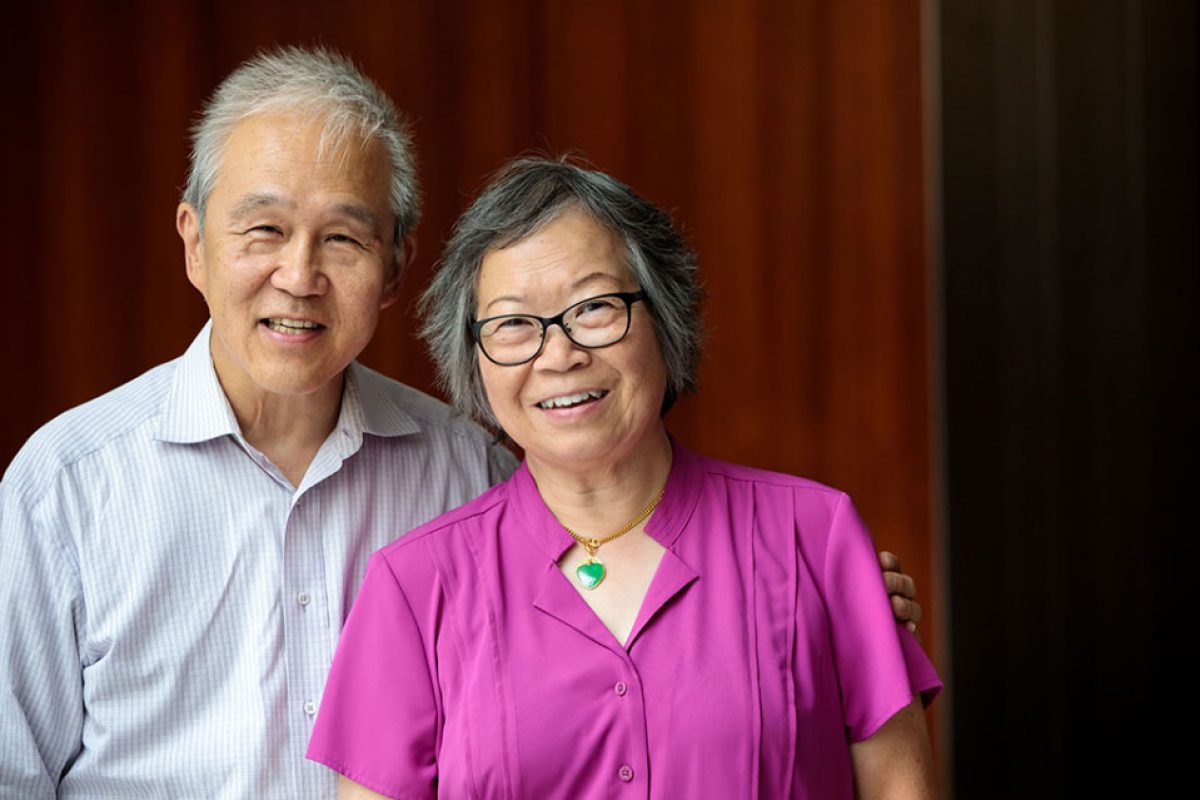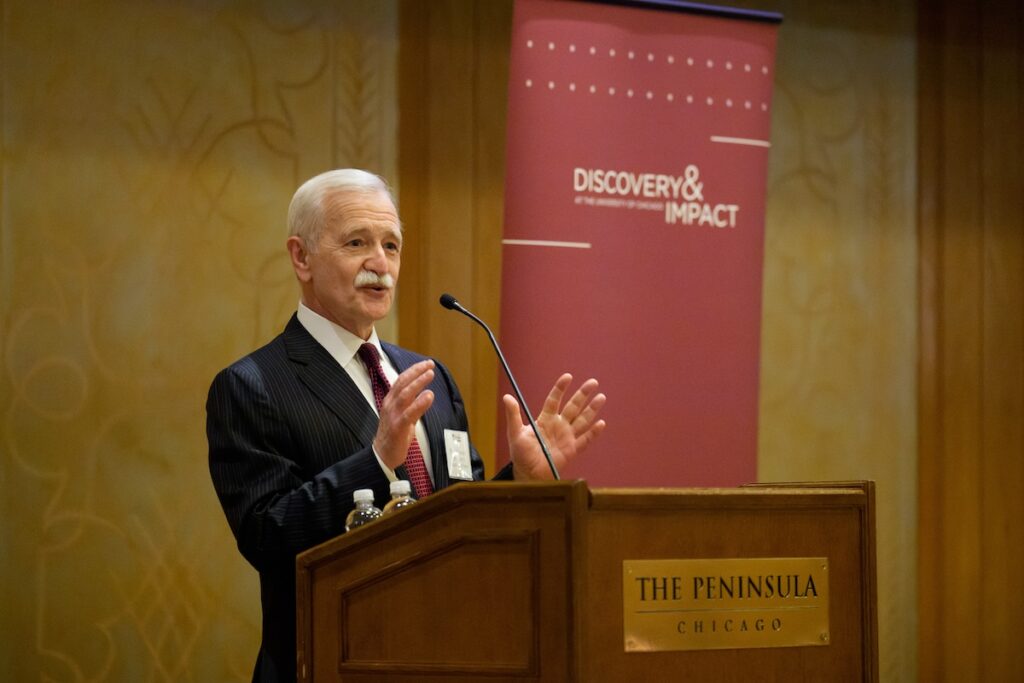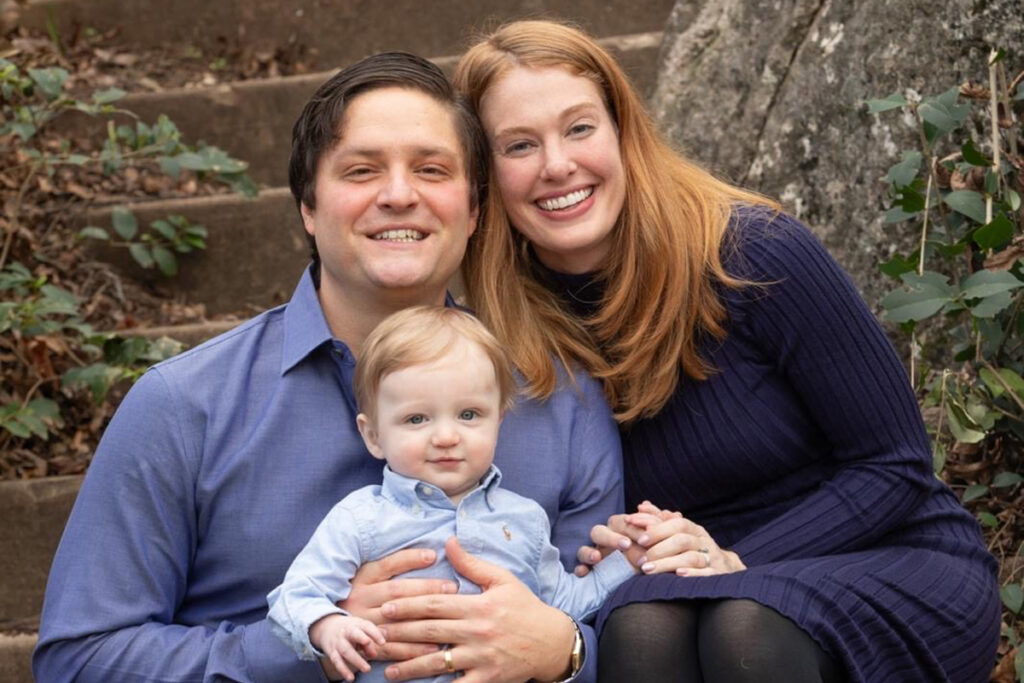Seeking to help generations of medical students fulfill their potential, Anne Hong, MD, and her husband, Paul Poy, recently established an endowed scholarship and annual lectureship at the University of Chicago Medicine. The Anne E. Hong, MD, and Paul C. Poy Scholarship Fund in the Pritzker School of Medicine will completely cover the tuition and fees of one Pritzker student each year, while the lectureship will bring the foremost physicians specializing in general internal medicine to campus to share their research findings and inspire students to pursue careers in the field.
Hong practiced general internal medicine at UChicago Medicine for 38 years until her retirement in December 2016. Known for providing compassionate care and outstanding mentorship, she touched the lives of countless patients, students, physicians, and staff. Hong shared her thoughts on retirement and giving back.
What inspired you to make this gift?
Education has always been very important to us. The value of education was instilled in me from an early age by my mother, though she did not have the opportunity to go to school herself. Growing up, I remember her taking my siblings and me to the library to explore the books and open our eyes to new worlds.
Through this gift, Paul and I seek to smooth the way for incoming Pritzker students by allowing them to concentrate their energy and enthusiasm on their medical training and not be distracted by educational debt. By removing financial pressures, our hope is that the scholars will be free to choose the specialty that they feel most passionate about.
Were there examples in your life that set the stage for giving philanthropically?
Although my parents had to work very hard for their money, they were always willing to share and send money back to people in their village in China. That set the example of giving for me early on.
What changes have you witnessed on the medical campus over the years?
When I first started, the main hospital was Billings Hospital, and Bernard Mitchell Hospital was just opening. Now, we have this marvelous hospital and state-of-the-art emergency room. If you look at old photos and compare them to today, it’s sometimes hard to believe it’s the same place.
But other things haven’t changed. We’ve always served patients in the community and have remained a strong tertiary and quaternary care center. Mentorship has always been important; it was important for me when I started here and remains essential to training today.
What stands out to you about your teaching experience here?
It’s a joy to watch the students grow—from seeing them try to find their way in the beginning, to witnessing their confidence develop over time, to watching them move into the world as private practitioners, medical educators, or researchers. Eventually, I’ve seen some of my former students become heads of sections and departments in their hospitals.
You always remember them as they were when they first started. We sometimes say, “These could be our kids.” You rejoice with them in their success.
How are you spending your retirement?
This past year-and-a-half has been a time for me to be reflective. Paul and I had the opportunity to travel to Israel and Jordan, which was an eye-opening experience. We’ve also traveled to Hong Kong and Singapore, and I’ve been able to switch from reading medical journals to fiction.
Paul and I enjoy giving back to the community by volunteering. I volunteer at a nursery school in Chinatown, and Paul serves with the New Life Centers, which provide mentorship, education, and sports activities to at-risk youth in the Little Village and Humboldt Park neighborhoods.




